- The Honda Passport gets an updated and upgraded TrailSport trim in its redesign
- It has beefier all-terrain tires, more ground clearance, and a better all-wheel-drive system
- But is that enough to help it keep up with a real-deal off-roader like the Toyota 4Runner TRD Pro? Let's find out!
Off-Road Comparison Test: Honda Passport TrailSport vs. Toyota 4Runner TRD Pro
Is the TRD Pro that much better in its natural habitat?
Not all off-roaders are created equal, and in the same way, not all off-road needs are equal either. For some, a trip off the beaten path entails stretching their rigs to the extreme over rocks and harsh terrain. And for others, it means nothing more than a quick jaunt down a fire road to make it to a campsite.
That's why we decided to bring together an interesting pair of SUVs to see which one of them might be the Goldilocks to your definition of a weekend warrior: the unibody (aka car-based) Honda Passport TrailSport and the body-on-frame (truck-based) Toyota 4Runner TRD Pro. And it's a perfect time to do this test because both vehicles recently got full redesigns, so they are brand-spanking new.
If you're looking for a more in-depth look at how these two compare on the road, we did an earlier comparison test (and tossed a Jeep Grand Cherokee in for good measure). However, for our purposes, we're going to focus on what these two can do off-road and how they do it.
Test #1: Hillclimb
For each of these tests, we started with the Toyota to provide a baseline and then determined if the Passport could match it. Our hillclimb is very steep, but what makes it challenging are the large ruts and deep pockets that put the SUVs on three (or even two) wheels as they attempt to scurry up to the top.
We started with the 4Runner TRD Pro in 4Lo, with its Multi-Terrain Select system set in auto, that's it. If needed, I could have locked the rear differential, disconnected the front stabilizer bar, or used the crawl control system to automate the throttle (all features you won't find in the Passport). As expected, the 4Runner made it up the hill with a yawn. Its hybrid powertrain doles out consistent power when paired with the low range. I basically pointed the nose straight up the hill, held the throttle at about one-third, and the TRD Pro just rolled its way up to the top. Even with a wheel hanging up in the air, it didn't really struggle as the power was shifted to the correct spots seamlessly.
The Passport was set up for maximum attack for its run up the hill ... and by that we mean we just put it in Trail mode, which turned off the traction control. Without a low range, the all-wheel-drive system was going to have to figure things out on its own. In the Passport it's able to send 70% of the power to the rear wheels, and all of that power to the left or right rear as needed. There were multiple points of concern heading into our attempt: Would there be enough ground clearance (8.3 inches vs. the 4Runner's 10.1 inches)? Would it be able to move power around effectively as needed with a wheel in the air? How consistent is the power output without a low range?
All of our worries vanished rather quickly. I put the Passport on the exact same line as the Toyota, added in about the same amount of throttle, and set off with the wheel pointed straight. And it climbed the hill with nearly the same amount of ease, just slowing down momentarily in a few spots where it was perched on three wheels. The traction control, just as it did in the 4Runner, was able to figure out how to move its power quickly and effectively to keep the Honda moving up the hill with a very consistent speed. It crested the top with the same feeling of ease that the Toyota had.
This was a strong start for the Passport TrailSport, but a tougher challenge loomed.
Test #2: Ziggurat of integrity
We use the ziggurat of integrity to test articulation, and this was no contest. The 4Runner TRD Pro is way bendier, with its truck-based frame allowing for much greater wheel travel and articulation. It was able to climb up fully onto the third step before its rear wheel lifted off the ground. While up there, we got a good look at the ample underbody protection, including a "TRD" stamped front skid plate just to remind you what you bought.
In the Passport, we had to be a lot more careful loading it in because its approach angle of 23 degrees is a full 10 degrees less than the Toyota's. Once it got up there, it only went about half as far as the Toyota before that rear wheel lifted. This exercise provided a perfect illustration of these vehicles' limitations: The 4Runner's flexibility and greater clearances mean that it can get over or around things that the Passport can't tackle. Any kind of rock crawling remains the domain of the traditional body-on-frame SUVs, and the Passport (even a TrailSport) should stick to the softer stuff.
Test #3: Sandy wash run
Speaking of soft stuff, we also took these two on a run through a sandy wash to give their powertrains and suspensions a workout. Under the hood, the two SUVs have very different approaches. The 4Runner TRD Pro has a hybrid powertrain, combining a turbocharged 2.4-liter four-cylinder with an electric motor for a total output of 326 hp and 465 lb-ft of torque. The Passport TrailSport is more traditional and also less powerful, with its 3.5-liter V6 making 285 hp and 262 lb-ft of torque. We ran both vehicles in their Sand mode, which turned up the throttle response and turned off the traction control by default.
The 4Runner TRD Pro is the desert runner of the 4Runner lineup, with the Trailhunter fulfilling the role of the overlander/rock crawler with its Old Man Emu shocks. The TRD Pro gets Fox shocks at all four corners, each with internal bypasses and exterior reservoirs at the rear. In the sandy wash is where the suspension felt the best it had all day. I didn't love the steering in the Toyota; it was too loose and required too much input to get the nose turned in. And that numbness meant that you would feel a slide through your butt before your hands.
Driving the Passport immediately after, it was clear that the suspension was overwhelmed. Impacts that the TRD Pro handled with ease caused the Passport to bottom out, and that would upset the cabin significantly more. Spots on the course I could take at around 40 mph in the Toyota needed to be taken at 30-33 mph in the TrailSport just to keep the suspension happy. And in the Honda, the steering was also way too numb and unresponsive, as my hands were flying all over the place trying to keep the Passport pointed in the right direction.
The nitty gritty
Throughout the day, the 4Runner TRD Pro was simply more at home off-road than the Passport TrailSport, even with the Honda's recent upgrades. There is no substitute for the clearance and flexibility of a body-on-frame vehicle, and the Fox shocks proved to be right at home out in the desert. But there's one big catch with the Toyota: price.
At $73,523, the 4Runner TRD Pro is far from affordable. In stark contrast, the Passport TrailSport Elite we tested cost just $53,900. To make up for that $20,000 gap in price, you'd better spend a lot of time off-road because otherwise the Honda simply makes more sense with its greater passenger and cargo room, much better interior, and far superior comfort on the road.
While the Passport didn't win any of our three tests, it showed more than enough to prove that it's overqualified to head down any moderate trail or fire road. As long as you're not in situations where extra ground clearance and an approach angle over 30 degrees are necessities, the Honda is the clear choice.
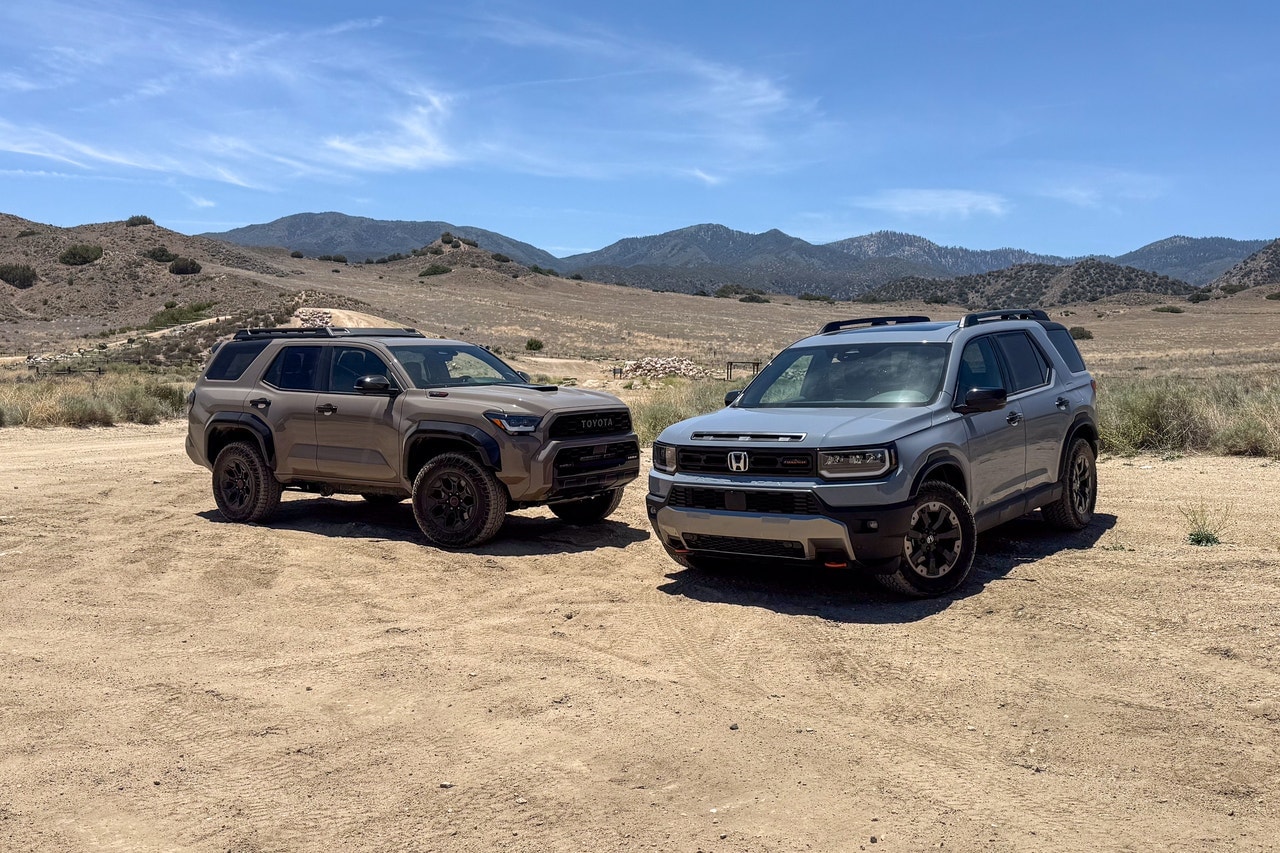

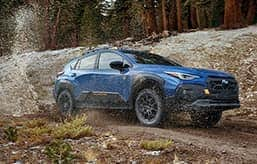


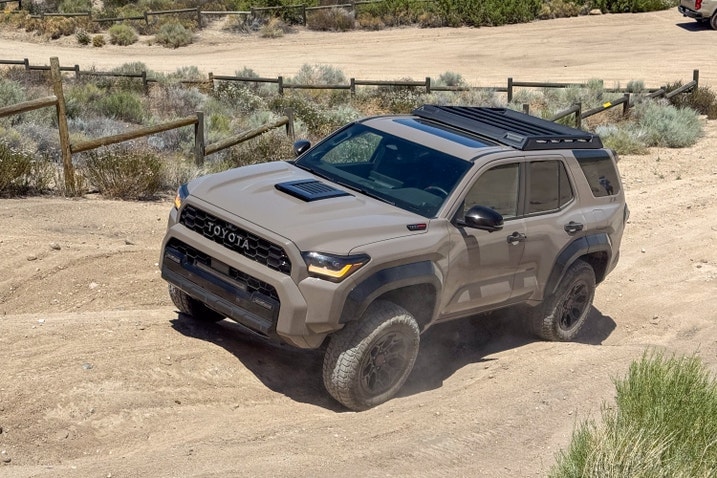
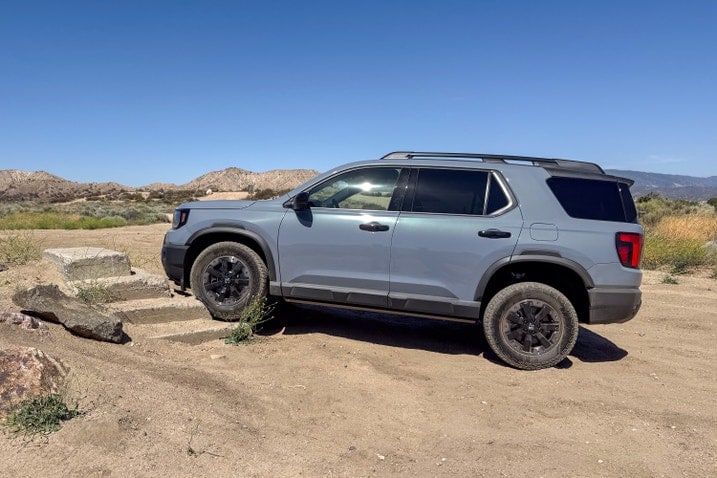
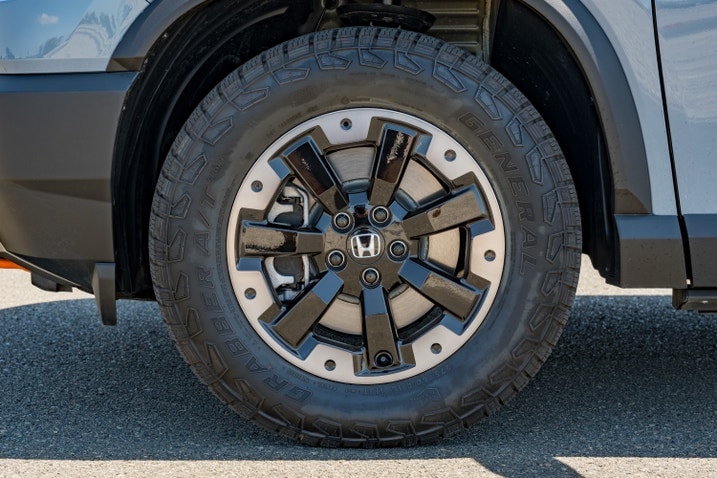
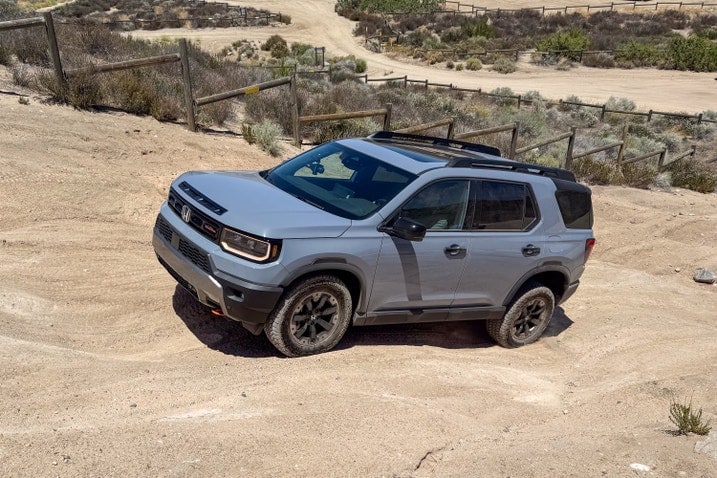
 by
by  edited by
edited by